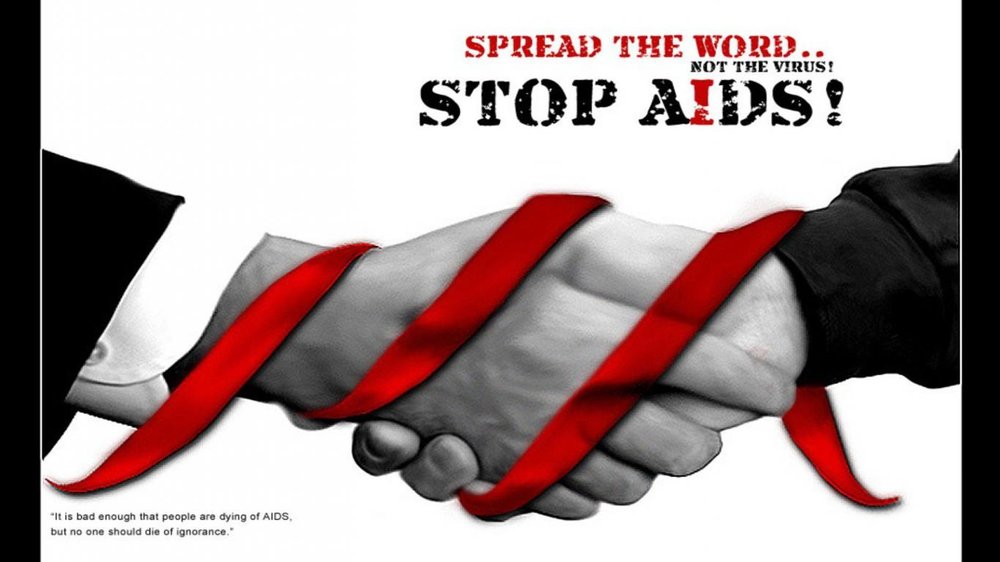Health Ministry announces plans to fight HIV

TEHRAN — The Health Ministry is planning on stopping HIV from spreading by promoting its prevention schemes in collaboration with other organizations, said the director of the AIDS Department and Sexually Transmitted Diseases.
TEHRAN — The Health Ministry is planning on stopping HIV from spreading by promoting its prevention schemes in collaboration with other organizations, said the director of the AIDS Department and Sexually Transmitted Diseases.
The plan is mostly revolving around teenagers, the youth, and socially vulnerable and disadvantaged women, Parvin Afsar-Kazerouni told ISNA.
From 1988 to September 2015 about 30,183 HIV positive cases were recognized, of which 67 percent were IV drug users who shared same needle or syringe, and 18 percent were infected through risky sexual behaviors, Afsar-Kazerouni explained.
In 2014, she said, 41 percent of the whole HIV positive patients were IV drug users and 36 percent were those who caught the virus through having high-risk sexual behaviors.
From 1988 to 2015, 15 percent of the whole number of HIV positive patients was women, she said.
“Transmission of HIV through high-risk sexual behaviors is increasing in the country, so teaching prevention methods is of the top priority plans of the Health Ministry,” she highlighted.
Iran joined “Ending the AIDS epidemic by 2030” international program to halt spread of the disease by 2030 and committed to “Target 90-90-90” which aims at HIV treatment and prevention for 2020, she said.
Ending the AIDS epidemic by 2030 is a fast-track strategy of the United Nations which proposes rapid and massive acceleration of HIV prevention and treatment programs for ending the AIDS epidemic by 2030. Target 90-90-90 would enable 90 percent of people living with HIV to know their HIV status, 90 percent of people who know their status to access HIV treatment and 90 percent of people on HIV treatment to achieve viral suppression.
Fourth strategic plan of HIV prevention and control
The Fourth strategic plan of HIV prevention and control, starting from March 2015 to March 2019, has five purposes which serve as means to minimize HIV transmission in all age groups, she said.
“According to this plan we are supposed to decrease HIV virus prevalence to less than 0.15 percent among the public, less than 13 percent among IV drug users and to less than 5 percent among those with high-risk sexual behaviors,” she added.
“Moreover, we are determined to decrease the death rate of infants being born from women infected with HIV virus by 90 percent,” she said adding, “and we would also want to decrease the number of deaths caused by HIV by 20 percent.”
This plan has been approved in Iranian calendar month of Esfand (February 20-March 19) in attendance of President Hassan Rouhani, she explained.
Teaching methods of HIV prevention to start at schools
In order to educate the youth and teenagers about HIV, some programs in association with Education Ministry are at hand, Afsar-Kazerouni said adding, these programs will be implemented at schools and even out of schools.
Plans to prevent HIV transmission from mother to child
To strengthen schemes which aim at preventing HIV to transmit from mother to child during pregnancy, pilot plans are being carried out in 16 universities of medical sciences throughout the country particularly in the outskirts of the cities, she said.
She went on to say that in health centers situated in pilot plan areas all the pregnant women will be educated and examined and in case of getting diagnosed with HIV they will undergo treatment.
“Such measures will decrease the possibility of HIV transmission to the fetus from 30 to 40 percent to less than two percent,” she added.
Five consultation centers to open in 4 provinces
Afsar-Kazerouni further referred to five HIV consultation centers which are going to be set up in the high-risk areas of 4 provinces of Tehran, Kermanshah, Fars, and Ahwaz as a part of a pilot plan.
“Using short video clips and films and showing them to our targeted groups, most specifically teenagers and the youth, over the social networks in universities and even garrisons is what we are focusing on,” she suggested.
Promoting plans to look after socially vulnerable women
Mentioning women who are most likely to get the virus due to their social status she said that “one of our primary measures which have been put into effect formerly is to look after, educate, consult and socially enable vulnerable and disadvantage women.”
HIV is not just a disease rather a social, economic, cultural and health problem and in order to successfully address such a predicament different organizations need to collaborate, she stated.
MQ
Leave a Comment